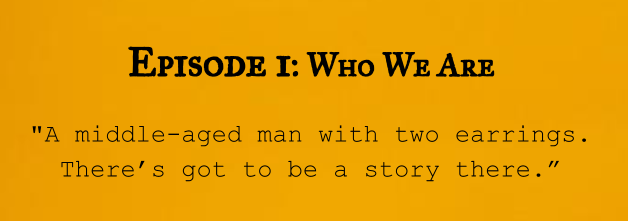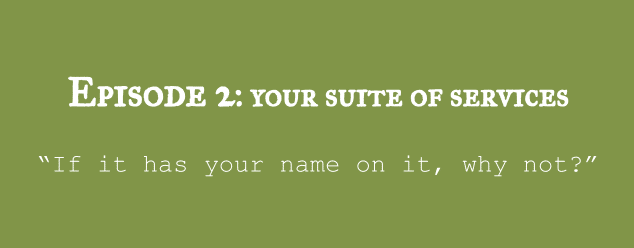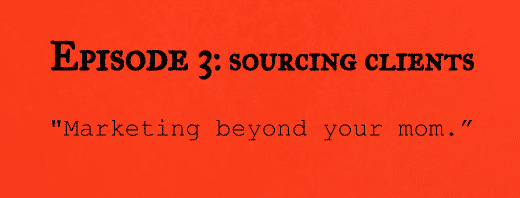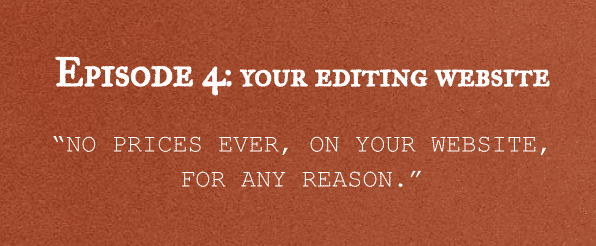The notion of writer’s block has always upset me. It is presented as something that comes externally, like bad luck, which you can’t fight against. In general, I have a problem believing that we can’t get better at any activity we concentrate on, and that would include writing. I believe there are ways of improving the chances of having a good writing session—no guarantees, of course, but what fun would that be?
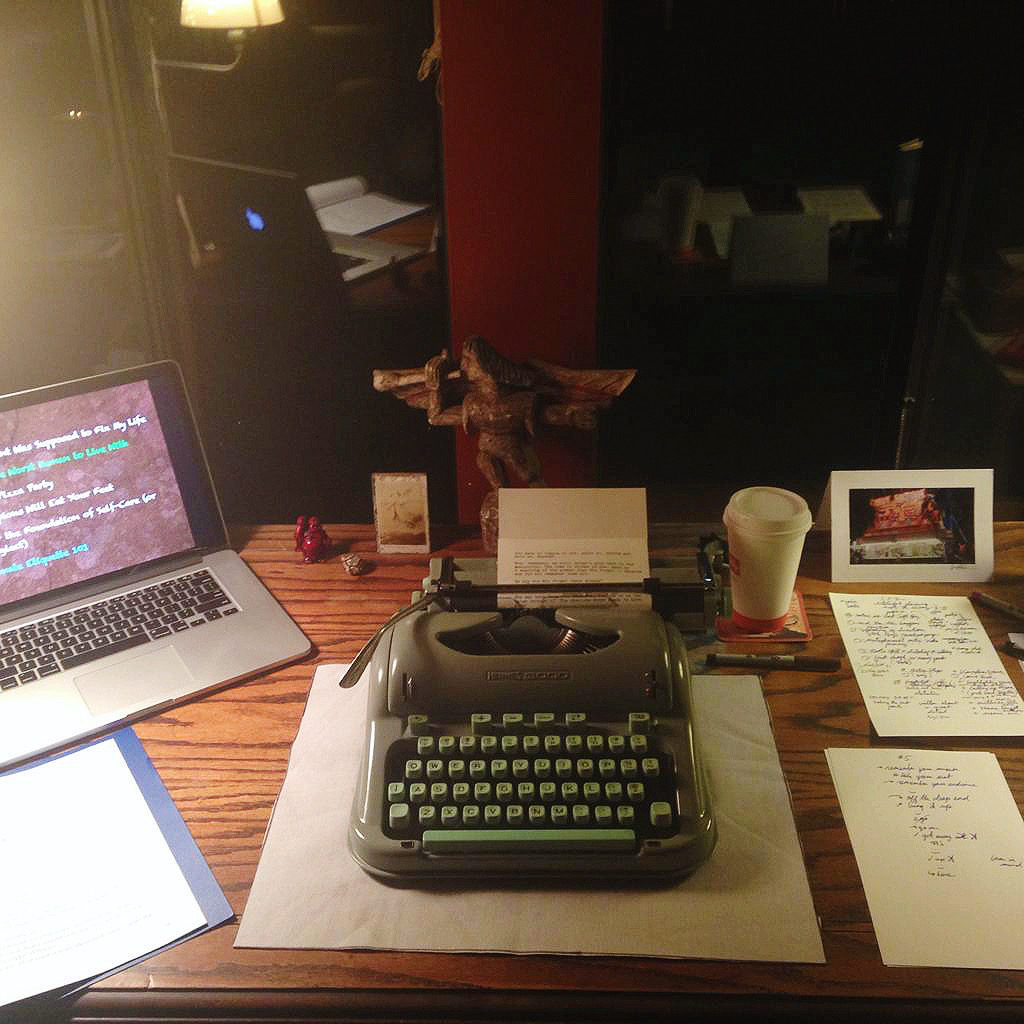
Developing a writing ritual can help you increase those odds. Rituals are supposed to be kept private, but people sharing theirs in broad strokes helped me shape my own, and so perhaps I can do the same for you. I should note that the ritual presented here begins after any number of other activities. After meditation and/or running and/or reading at the coffee shop and/or meaningless errands, etc. What all of those activities have in common is their ability to help me drop the outer world, in preparation for the inner. Eventually, I will step inside of a sacred center — see, there you go, now you know whether to start reading something else — and there I will cast the circle that helps me take time to stop time.
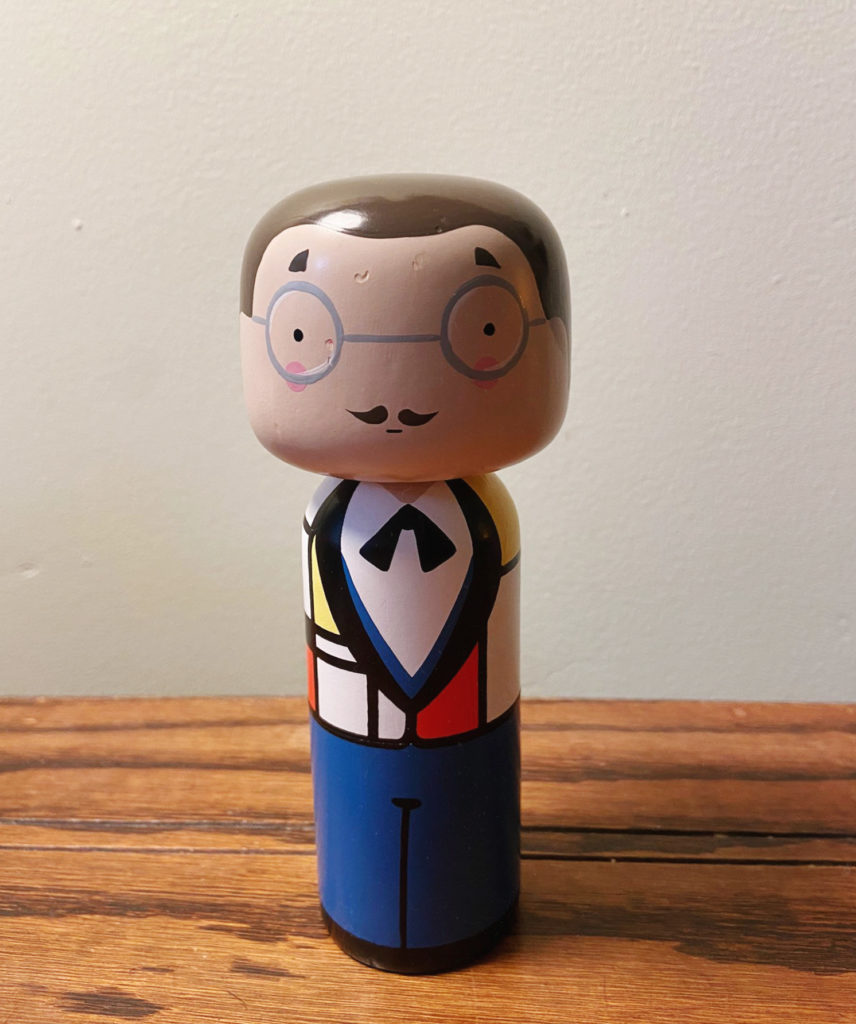
I don’t have a wand, or any crystals — although my relocation to San Diego puts the latter in jeopardy (check back here). But I might use statuary, such as the figurine of Piet Mondrian, who reminds me to embrace the structural ideas that come, as well as content-based ideas; ideas about the thing I’m writing, as well as ideas for the thing I’m writing. I might use talismans, such as a baseball I speared on one clean bounce at an MLB Spring Training game to remind myself it’s time to Play Ball!
I might use candles — okay, I will definitely use candles — even though I forget why certain colors are important. I have heard it said that working within the light in this way helps uplift others and also yourself. I have also heard it said that, in candlelight, the mind is rendered receptive to spiritual energy. I will add, as regards any aspect of a writing ritual: If it works, stick with it.
In the circle, I include functional items, especially those functional items that are also talismans, crossing the real boundary into practical magic, objects that you need and that also remind you of your history—the times you got it right. I find it useful to arrange whatever ritual implements I am using in a half-circle on my desk. This arrangement connects them to each other so they share energies and form an unbroken arc which I sit in the middle of. This circle can be continued behind you in terms of additional lighting, incense, etc. so that it takes up the entire room with you in the center of it.
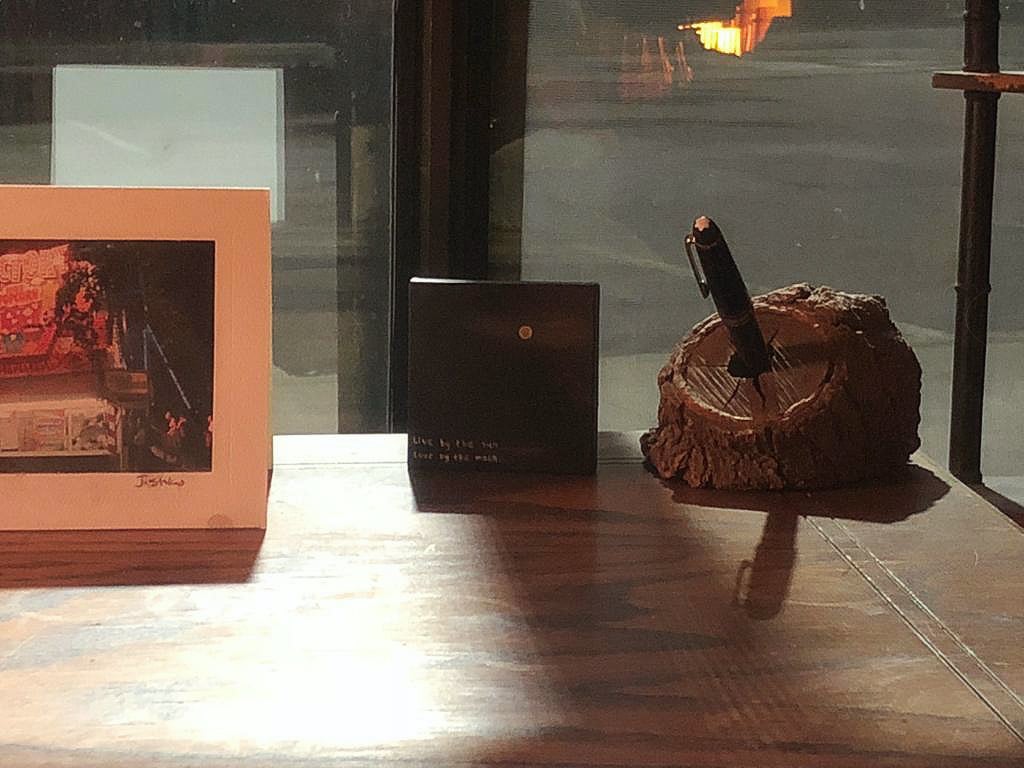
Now, I know what you’re going to say. It sounds like you have an office. I do, but when I travel, I also pack a smaller bag of ritual implements. Wherever you are writing, you can cast a circle. It might be bounded by the train car you are riding in, or have an obstacle in the form of a water heater taking a bite out of one of your arcs. There are always cures, as they say in Feng Shui, for a recognized problem. Everything can be overcome with intention.
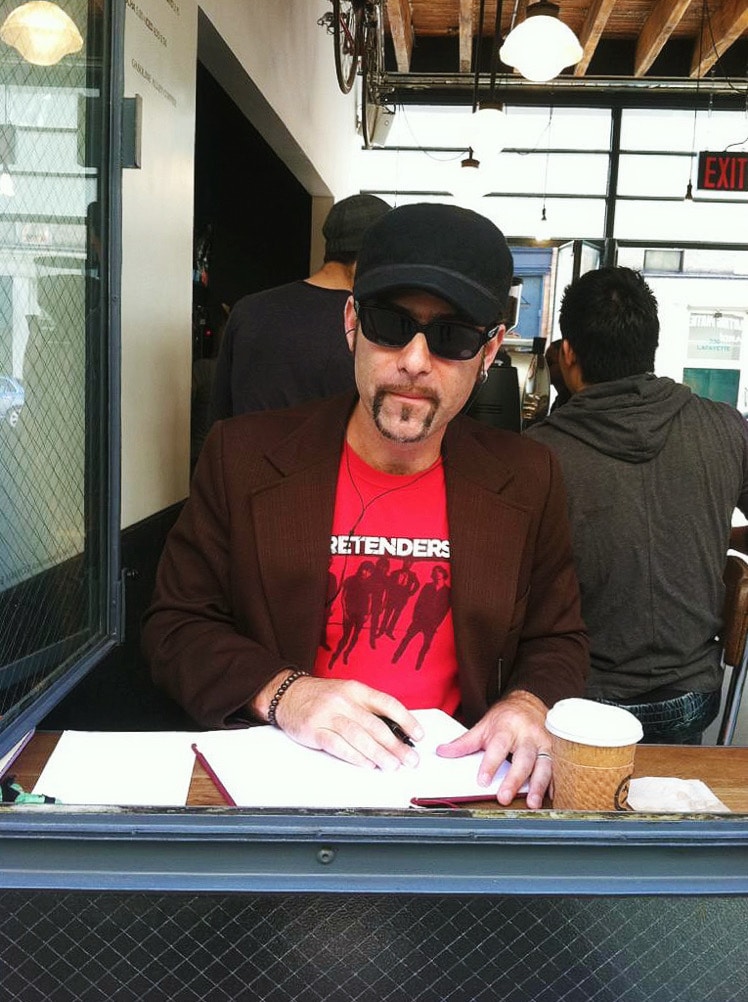
The boundaries of a circle can also just be traced with the mind and blessed, as you bless yourself. Entering the circle is an important step away from the world of business, time, and relationships — those relationships where you have to do something now regarding them, anyway — in order to see some of them in their truer nature. Stepping inside the circle establishes protection. Protection from the quotidian and from low self-esteem. Protection from our enemies, in the form of forgiving them.
It is the essence of writer’s block to have someone else stuck inside your own mind; when you can forgive them (except in a few places where you are using them for fuel, albeit with a higher intention), when you can let go of them, you are free. If you can’t forgive a particular person from a place deep down, at least call some kind of truce in your mind: you know, something like we’re all broken in some way, we’re all in process…
Writing exposes you to enough self-criticism without other voices attacking you while you are vulnerable. We don’t have to allow anything unrelated to the writing to approach your flow of words, unless it wants to be used in an imaginative form.
Inside here we are free to be present on just this subject.
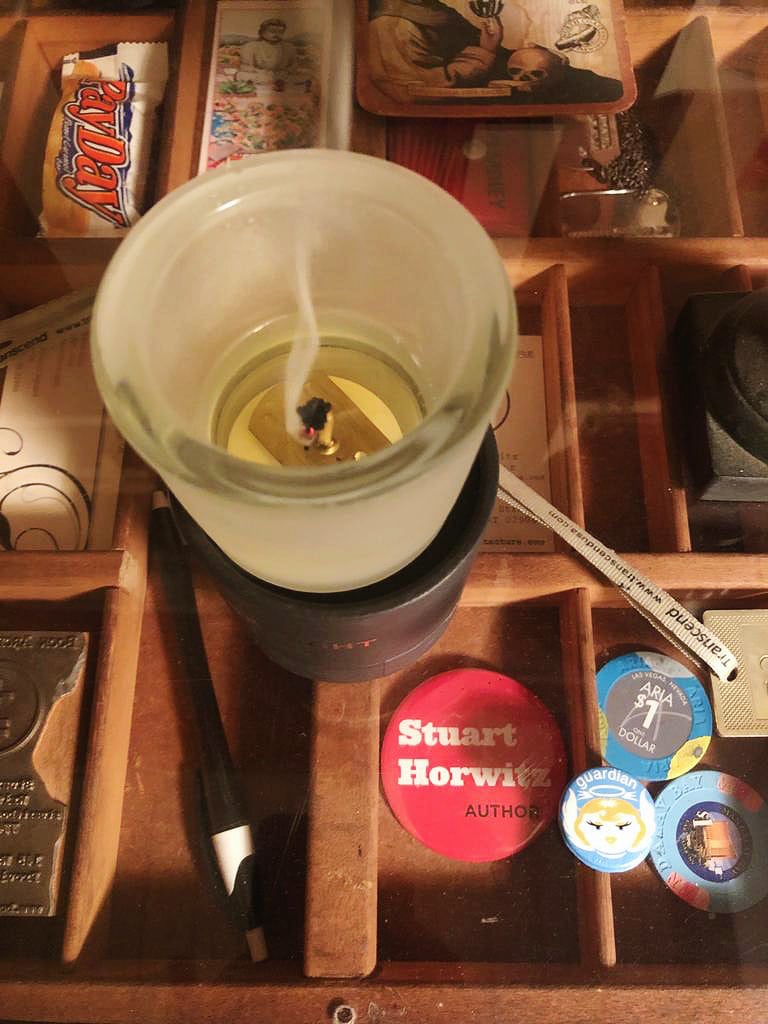
P.S. If you get really far out there, don’t forget to blow your candles out when your writing session concludes. I then take pictures of them, in the state of being unlit, because I have a level of anxiety about some things that needs practical assistance.
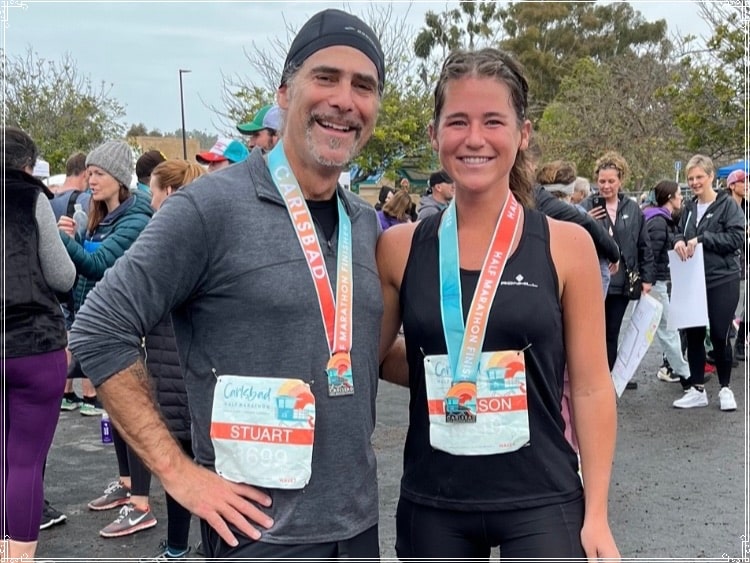

 Or maybe I’m wrong. Have you heard of the book
Or maybe I’m wrong. Have you heard of the book 